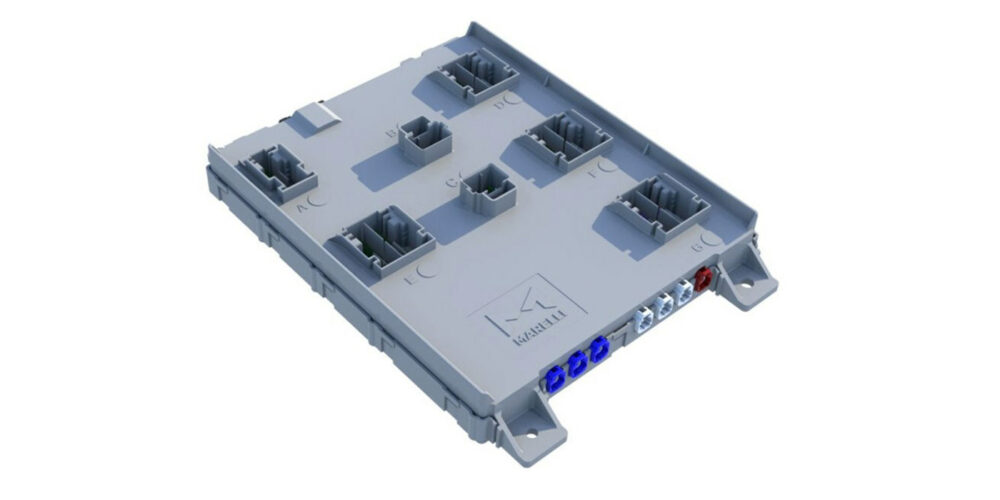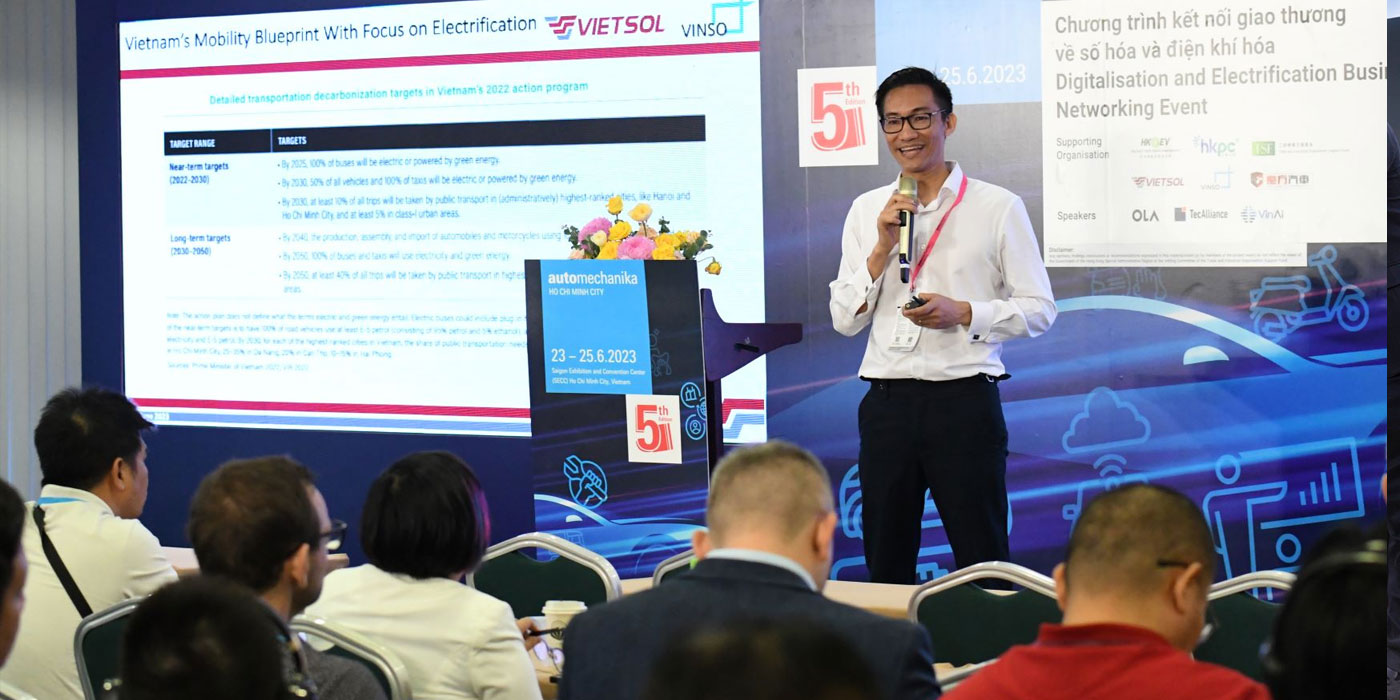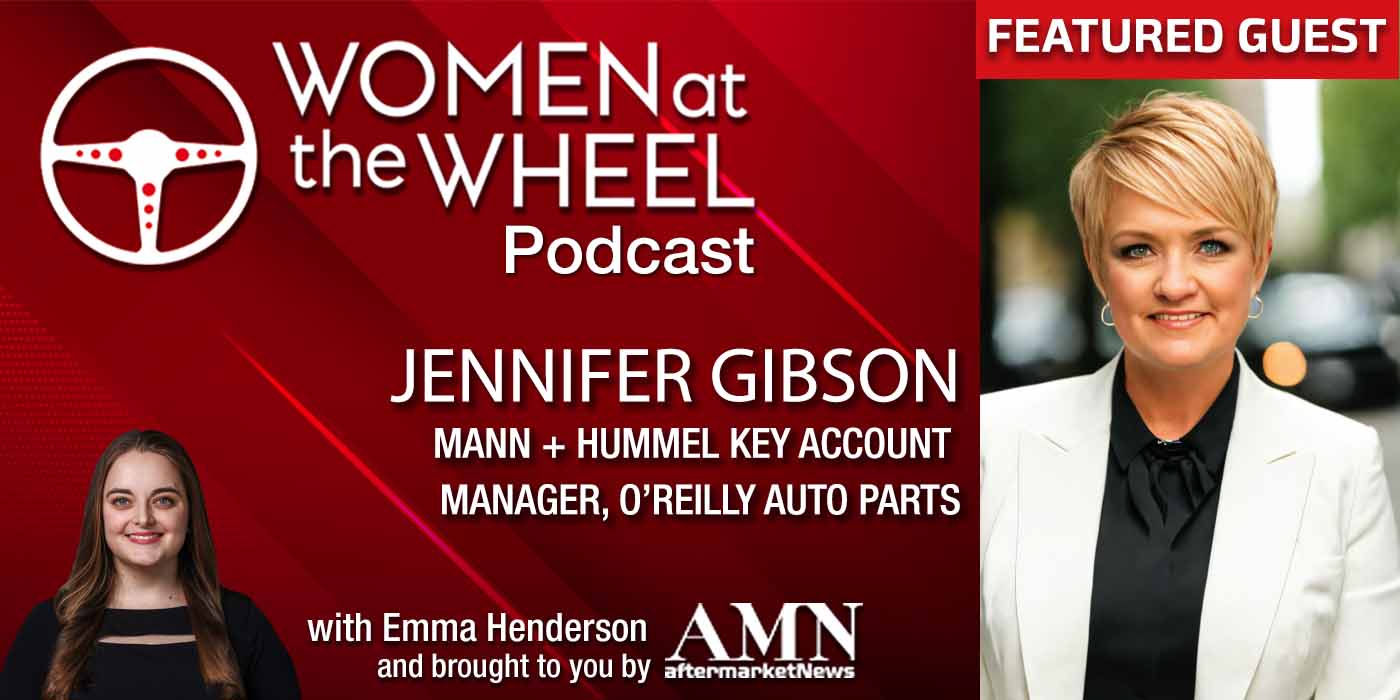What Do You Think the Benefits and Disadvantages of VMI Are?
Posted: March 23, 2004, 9 a.m., EST
MISSION VIEJO, CA —
“The Right Goods at the Right Price in the Right Place at the Right Time…”
Within easy walking distance of your PC — in the break room or the waiting room or the building lobby or somewhere on the block — there is undoubtedly a Coke machine. Last year the Coca-Cola Co. bottled 22 BILLION CASES of beverages, enough for every single individual ON THE PLANET to drink at least 74 bottles. Quenching our thirst is a multi-billion dollar industry and those machines, standing as strategically placed, round-the-clock silent sentinels always on the lookout for the next thirsty customer are somehow miraculously almost always well-stocked with an ice-cold soft drink for about a buck a pop.
The complexity of the supply chain distribution technology in place to make that happen may be staggering, but is a pretty simple process as compared to the challenge of meeting the needs of automotive aftermarket and heavy duty parts distributors. After all, cold drinks might come in different flavors but they don’t require an alphanumeric part number to decipher or a technical manual to install or a core to return.
Vendor Managed Inventory (VMI), sometimes referred to as Vendor Assisted Inventory, is a hot topic in the parts industry today. And here’s why:
Parts Distributor A initiated a VMI strategy with one of its largest suppliers and saw its daily average sales increase by 10 percent and inventory turns increase by 10 percent or more…all achieved while maintaining an already high fill rate of 98.5 percent. As a direct result of VMI, Distributor A was able to drastically improve bottom line profitability.
But, Parts Distributor B implemented a VMI initiative dealing with returns to their core vendors — only to abandon the process just twelve months into the program. The promised benefits were just not materializing. Although stocking inventory levels had dropped, Distributor B believed that was primarily due to small stock orders being placed at more frequent intervals. Management at Distributor B also thought that they were capable of accomplishing better results managing the inventory themselves. Two other additional problems had arisen. Although the vendors had assumed the task of usage and demand forecasting, the VMI managed inventory was causing steadily increasing administration costs and steadily decreasing fill rates. However, the bigger issue had to do with product promotions. Distributor B’s VMI vendors failed to measure and account for the impact of product promotions and special pricing on the bottom line. What started out as cooperative endeavor, ended up as a supply chain conflict.
Those real world examples demonstrate why there are pro and con positions held by parts professionals in our industry:
Pro: Data entry errors are reduced and processing speed is improved due to computer to computer communications.
Con: Data errors can be difficult to catch until after the electronic communication has been transacted.
Pro: A true partnership is formed between the manufacturer and the distributor. They work closer together and strengthen their ties.
Con: A tightly bound VMI relationship with a vendor in the supply chain can adversely affect a distributor’s ability to shop competitively from other suppliers.
Pro: Purchase order timing is stabilized because they are now generated on a predefined basis.
Con: Labor and administrative costs shoot up due to increased placement of more frequent orders.
Pro: Planning and ordering costs will decrease due to the responsibility being shifted to the manufacturer.
Con: The distributor loses control and flexibility to adapt to competitive issues. Manufacturers are good at managing their own product lines, but have little experience in managing ancillary products from other manufacturers that impact their own product lines, resulting in a failure to account for “cross-selling opportunities.”
Pro: The overall service level (fill rate) is improved by having the right product at the right time, increasing customer satisfaction and loyalty
Con: Since only a small percentage of current suppliers offer VMI, only the right part associated with that vendor can be managed.
Pro: Visibility to the distributor’s point-of-sale data makes forecasting easier for the manufacturer.
Con: The distributor must still forecast demand based upon more than just historical data.
Pro: The manufacturer’s own promotions can be more easily incorporated into the managed inventory planning.
Con: The manufacturer’s concerns with the impact of promotions tend to be more focused on the benefits to their own profits, as opposed to the bottom-line of the distributor.
Vendor Managed Inventory agreements have been enormously successful for a multitude of distributors; they are not for every distributor. Those distributors having the technology and business management capabilities to effectively manage and plan their own inventories view the move to VMI as less beneficial, and more akin to a control move by their trading partners. Sophisticated distributors recognize the need for transparency in the supply chain, but would rather control the flow of information and how it is disseminated than have a third party or major supplier controlling that process.
One of the respondents to our weekly poll was from the manufacturing sector and a portion of his comments are worthy of sharing:
“VMI is ideal for a retailer buying a limited number of SKU’s. The aftermarket, however, is about distributors/retailers stocking a very wide range of products across numerous and perhaps related product lines from varied suppliers. The distributor has a core competency for stocking not just brake friction from one supplier, but brake hardware and brake fluid from multiple vendors and managing the inter-relationships. No vendor can do that across the total range. However, as a manufacturer, our people are trained to do computerized inventory analysis and our input will improve turn, reduce returns and lower handling costs. Our people can analyze an inventory in minutes. We can create a “holes” analysis for a distributor to point out where we manufacture and sell SKU’s to like distributors in a region. We can analyze that same inventory…and create recommended stocking levels for targeted percent of coverage desired as well. We can do this on a monthly, quarterly or annual basis to assist the inventory planner/buyer in meeting the goals of his business…We can significantly impact customer inventories by using technology that is new and timely. And remember, this inventory is not all about three sizes of diapers at Wal-Mart; this is about managing a SKU base of 2,000 or 3,000 numbers, maybe five 10 product lines this size, all at once.”
To summarize, VMI is only a tool and not an end solution. Distributors will still need to own their inventory, plan their product mix by vendor and by customer, and most importantly, have the tools to properly control their own destiny.
Now go have a Coke and think about that.
We’d love to hear your thoughts on the topics we post, suggestions for additional questions and anything you’d like to share. Send us an email at: [email protected] .
_______________________________________
Click here to view the rest of today’s headlines.
“DST Asks” is written and sponsored by DST Inc. The opinions expressed in “DST Asks” articles appearing on aftermarketNews.com do not necessarily reflect the opinions of AMN or Babcox Publications.















